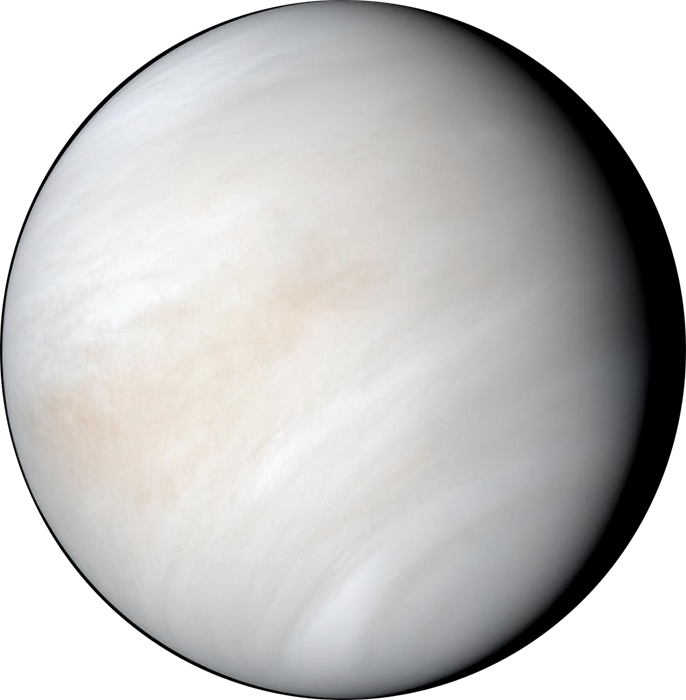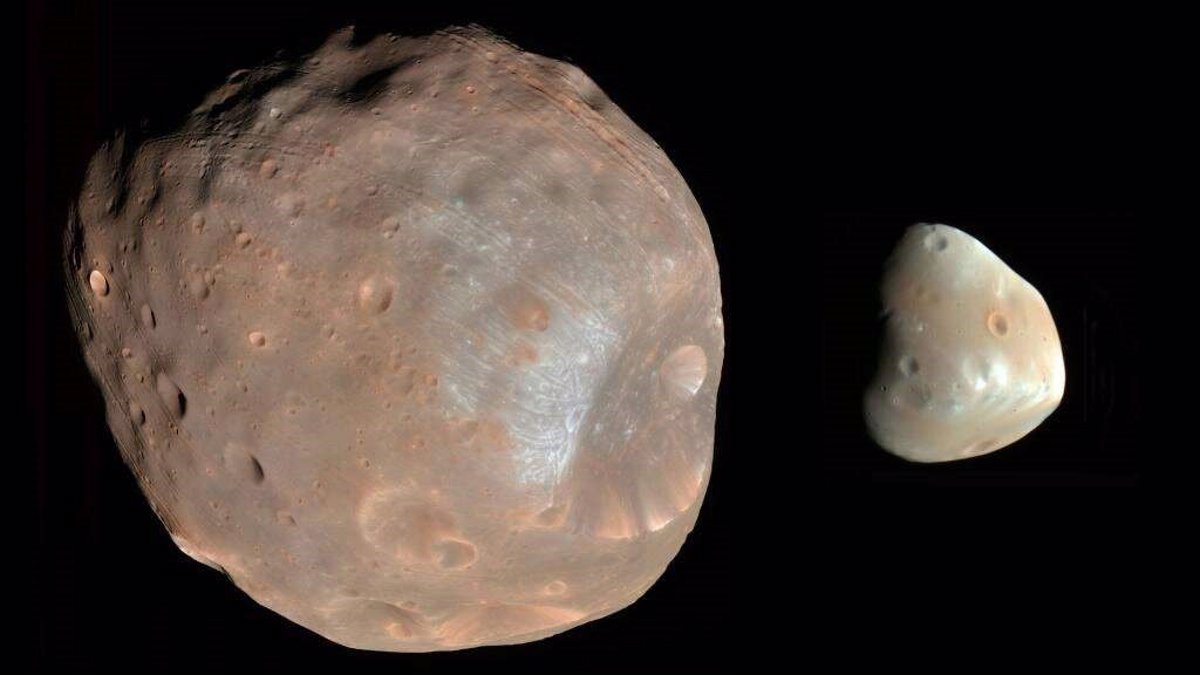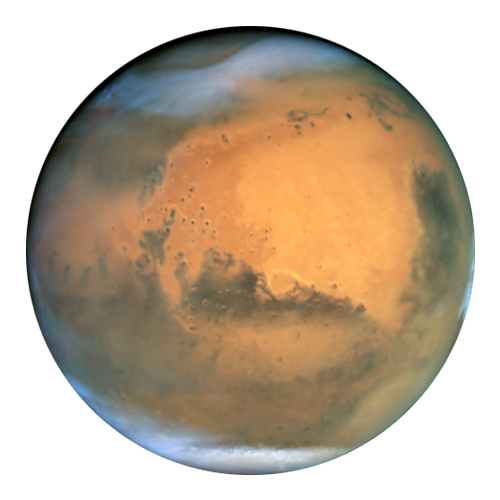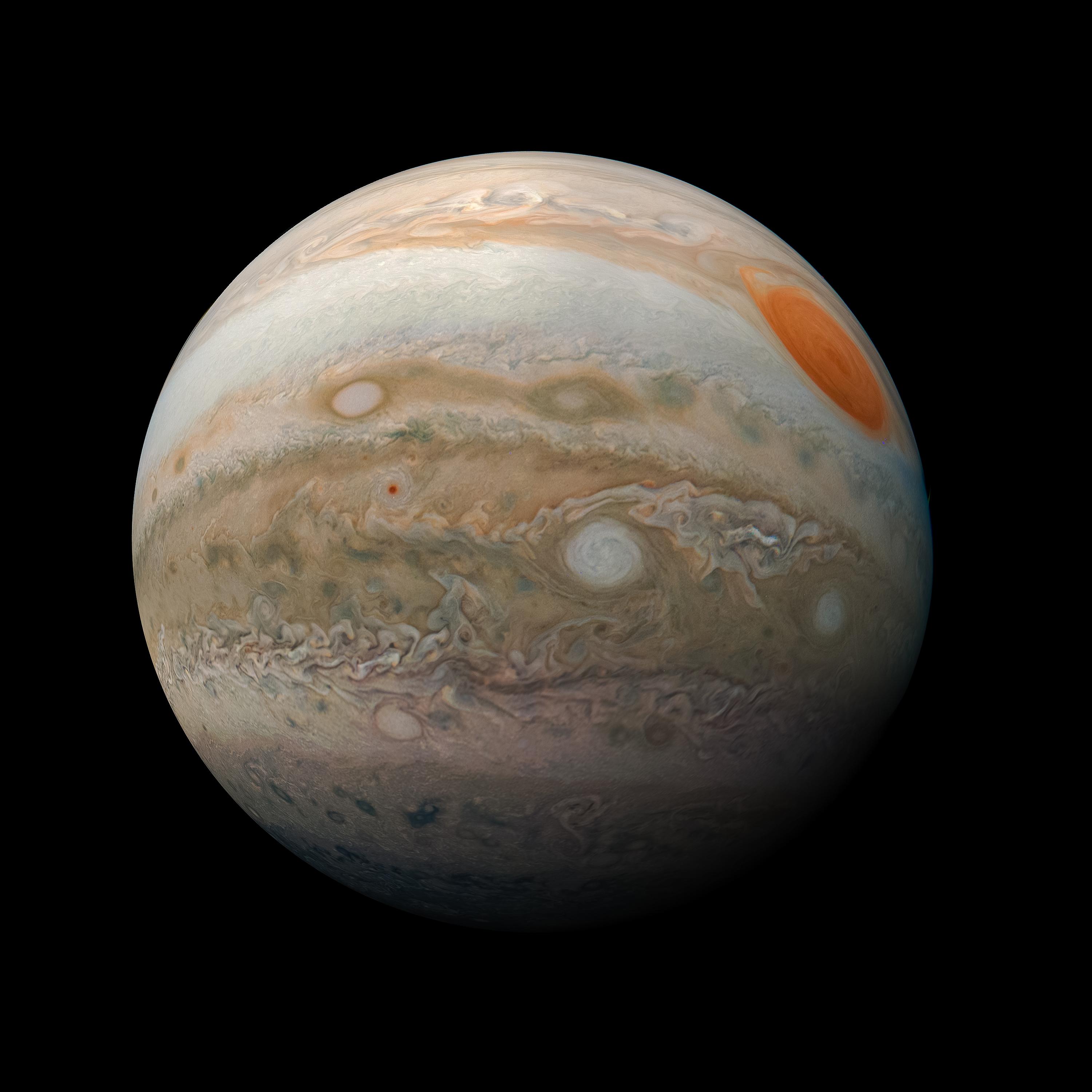Solar System
Welcome to the Solar System!
Your home, their home, our home
Note: NOT TO SCALE!

Sun
It is by far the most important source of energy for life on Earth. Its diameter is about 1.39 million kilometers (864,000 miles), or 109 times that of Earth. Its mass is about 330,000 times that of Earth, and it accounts for about 99.86% of the total mass of the Solar System.

Mercury
Mercury is the smallest planet in the Solar System and the closest to the Sun. Its orbit around the Sun takes 87.97 Earth days, the shortest of all the Sun's planets. It is named after the Roman god Mercurius (Mercury), god of commerce, messenger of the gods, and mediator between gods and mortals, corresponding to the Greek god Hermes.

Venus
Venus is the second planet from the Sun and is Earth’s closest planetary neighbor. It’s one of the four inner, terrestrial (or rocky) planets, and it’s often called Earth’s twin because it’s similar in size and density. These are not identical twins, however – there are radical differences between the two worlds.


Earth
While Earth is only the fifth largest planet in the solar system, it is the only world in our solar system with liquid water on the surface. Just slightly larger than nearby Venus, Earth is the biggest of the four planets closest to the Sun, all of which are made of rock and metal.


Mars
Mars is the fourth planet from the Sun – a dusty, cold, desert world with a very thin atmosphere. Mars is also a dynamic planet with seasons, polar ice caps, canyons, extinct volcanoes, and evidence that it was even more active in the past. Mars is one of the most explored bodies in our solar system, and it's the only planet where we've sent rovers to roam the alien landscape.
Asteroid Belt
The asteroid belt is a torus-shaped region in the Solar System, located roughly between the orbits of the planets Jupiter and Mars. It contains a great many solid, irregularly shaped bodies, of many sizes, but much smaller than planets, called asteroids or minor planets.

Jupiter
Fifth in line from the Sun, Jupiter is, by far, the largest planet in the solar system – more than twice as massive as all the other planets combined. Jupiter's familiar stripes and swirls are actually cold, windy clouds of ammonia and water, floating in an atmosphere of hydrogen and helium.

Saturn
Adorned with thousands of beautiful ringlets, Saturn is unique among the planets. It is not the only planet to have rings – made of chunks of ice and rock – but none are as spectacular or as complicated as Saturn's. Saturn is the sixth planet from the Sun and the second-largest planet in our solar system.

Uranus
Uranus is the seventh planet from the Sun, and has the third-largest diameter in our solar system. It was the first planet found with the aid of a telescope, Uranus was discovered in 1781 by astronomer William Herschel, although he originally thought it was either a comet or a star.

Neptune
Dark, cold, and whipped by supersonic winds, ice giant Neptune is the eighth and most distant planet in our solar system More than 30 times as far from the Sun as Earth, Neptune is the only planet in our solar system not visible to the naked eye and the first predicted by mathematics before its discovery. In 2011 Neptune completed its first 165-year orbit since its discovery in 1846.

Pluto
Pluto is a dwarf planet in the Kuiper Belt, a donut-shaped region of icy bodies beyond the orbit of Neptune. There may be millions of these icy objects, collectively referred to as Kuiper Belt objects (KBOs) or trans-Neptunian objects (TNOs), in this distant region of our solar system. Pluto – which is smaller than Earth’s Moon – has a heart-shaped glacier that’s the size of Texas and Oklahoma. This fascinating world has blue skies, spinning moons, mountains as high as the Rockies, and it snows – but the snow is red.
End of the Journey!
You can now go back to navigate more about Aperture and Space